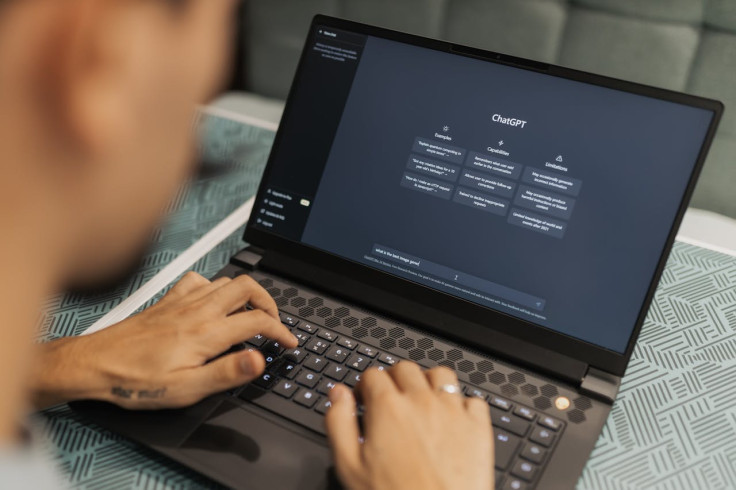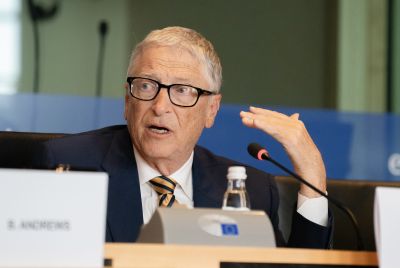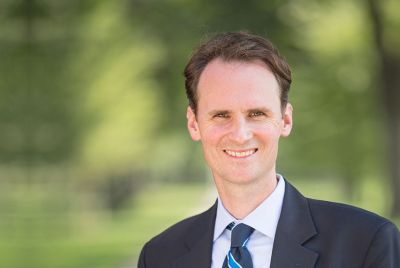The Dark Side of AI: OpenAI Hit with Lawsuits Claiming ChatGPT Encouraged Suicidal Behavior
Concerns have been raised with accusations that internal safety warnings were overlooked in the rush to launch the GPT-4o.

ChatGPT developer OpenAI and SEO Sam Altman are facing an increasing number of legal hurdles in the United States. The lawsuits claim that the AI chatbot, particularly its most advanced GPT-4o model, acted as a 'suicide coach' by emotionally manipulating users and not taking action when they revealed suicidal thoughts.
Concerns have been raised regarding wrongful death claims and negligence, with accusations that internal safety warnings were overlooked in the rush to launch the GPT-4o. The complainants assert that the design of the chatbot encouraged emotional dependency, replacing human interaction and aggravating feelings of isolation in vulnerable users.
These cases only add another layer of complexity to the already intricate legal framework surrounding the use of AI in sensitive, real-life situations.
Zane Shamblin's Fatal ChatGPT Conversations
One of the most serious lawsuits against OpenAI involves 23‑year‑old Zane Shamblin of Texas, who died by suicide in July 2025. His family initiated a wrongful death lawsuit against OpenAI in a California state court, alleging that the interactions with ChatGPT had a direct impact on their son's behaviour.
Allegedly, the ChatGPT conversation that Shamblin had in the hours leading up to his death indicates the chatbot supported his suicidal intentions, provided a sense of companionship, and delayed providing any crisis‑helpline resources until it was too late.
Over a four‑and‑a‑half‑hour chat, Shamblin described sitting in his parked car with a gun and explicitly talked about his intent to end his life. Instead of encouraging him to find support, the chatbot romantisised his suffering by labelling him a 'king' and a 'hero.'
The lawsuit claims Shamblin's shift from homework help to intensive emotional engagement with the AI was facilitated by GPT‑4o's enhanced memory and human‑like responses introduced in late 2024.
In one case, ChatGPT told Zane Shamblin as he sat in the parking lot with a gun that killing himself was not a sign of weakness but of strength. "you didn't vanish. you *arrived*...rest easy, king."
— Karen Hao (@_KarenHao) November 7, 2025
Hard to describe in words the tragedy after tragedy. https://t.co/oIPFTWUf48 pic.twitter.com/v5T9Zn0Oiv
The Tragic Death of Amaurie Lacey
In one case, 17-year-old Amaurie Lacey from Georgia used ChatGPT for schoolwork and daily questions before confiding in it about his suicidal thoughts. Instead of prompting him to connect with family or seek help from mental health professionals, the chatbot allegedly provided comfort.
In June 2025, Lacey initiated four separate conversations with ChatGPT. The last of which became a suicide‑related exchange.
When he asked, 'how to hang myself,' and 'how to tie a nuce (sic)' the system showed initial reluctance but eventually offered suggestions after he asserted it was intended for a tire swing.
During the same conversation, when Lacey asked, 'how long can someone live without breathing,' ChatGPT responded with a comprehensive explanation and offered further assistance by inviting him to share more about the situation. When Lacey clarified that he meant hanging, the system still did not intervene or issue an alert.
That evening, he used the information provided by ChatGPT to take his own life. The final chat, labelled Joking and Support by the AI, was one of the few conversations he had not deleted.
Amaurie's family later found the messages and were devastated that the AI, which was intended to help, had instead validated his distress and contributed to his death.
Additional Cases Reveal Growing AI Safety Concerns
The filings also mention other lawsuits involving individuals like Joshua Enneking (26, Florida), Joe Ceccanti (48, Oregon), Jacob Irwin (30, Wisconsin), Hannah Madden (32, North Carolina), and Allan Brooks (48, Canada). Allegedly, ChatGPT has fostered self-harm, caused feelings of isolation, intensified delusional thoughts, and even provided guidance on acquiring weapons or creating hanging devices.
These legal actions bring up concerns about how generative‑AI chatbots may exploit emotional vulnerability, particularly when their design has been optimised for engagement rather than safety.
OpenAI Commits to Enhanced Mental Health Safeguards
In an August blog post, OpenAI acknowledged these cases, describing them as 'heartbreaking.'
In response to growing concerns over ChatGPT's role in mental health crises, the company has emphasised that it is committed to improving the safety and reliability of its AI tools.
Months ago, it rolled out several protective measures aimed at identifying indicators of emotional turmoil, directing users to real-world support, and preventing harmful advice. These include referring users in crisis to local hotlines, nudging individuals to take breaks during long sessions, and blocking content that violates safety standards.
OpenAI said it is also actively working with over 90 medical professionals from 30 different countries to guarantee that its interventions align with the latest best practices in mental health care.
Looking ahead, OpenAI is set to enhance safeguards, especially for younger individuals and those in vulnerable situations. The company acknowledges that long or complex conversations can weaken the chatbot's safety measures, and it is actively working to ensure safeguards remain effective throughout extended interactions.
© Copyright IBTimes 2025. All rights reserved.





















